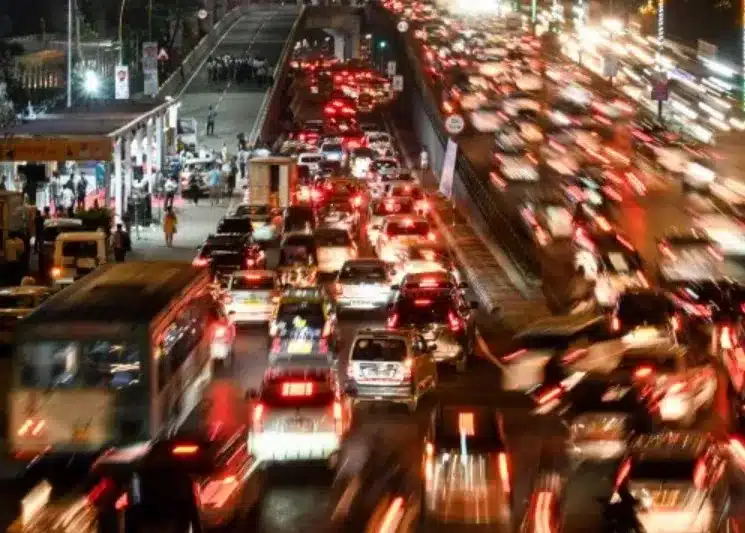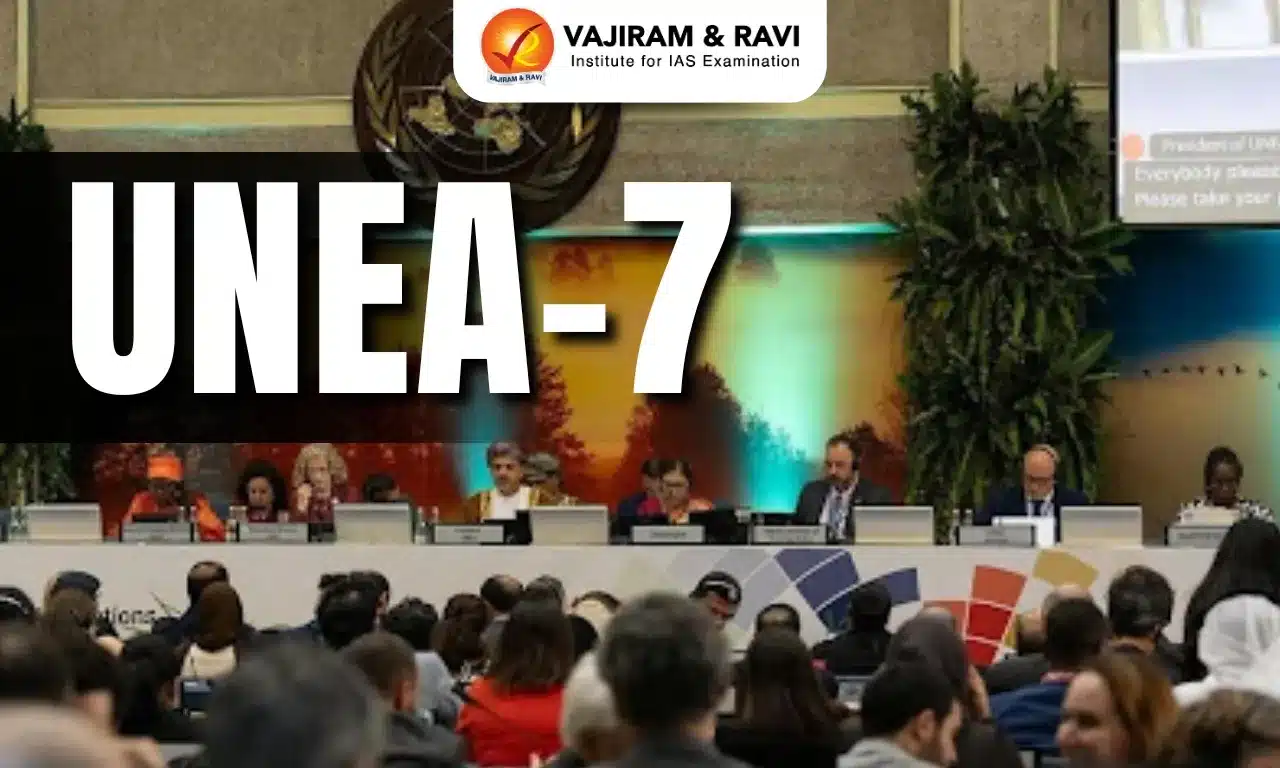What’s in today’s article?
- Why in News?
- Coalition Governments and Weak Economic Reforms Since 1991
- Can a coalition government derail India’s economic reforms trajectory?
- Notable reforms brought by the previous coalition governments
Why in News?
The NDA has won a historic third term at the Centre, but the BJP fell short of the 272-seat majority, necessitating a coalition government.
Previously, the BJP’s majority in the last two Lok Sabhas marked the first time since economic reforms began (in 1991) that a single party had a majority mandate. This was expected to positively impact India’s economic reform trajectory.
Coalition Governments and Weak Economic Reforms Since 1991
- Since 1991, India’s shift from a planned economy to an open economy saw all governments being coalition-based, with the leading party never achieving the majority mark of 272.
- As per the Montek Singh Ahluwalia (former Deputy Chairman of the erstwhile Planning Commission), this inherent weakness resulted in a “strong consensus for weak reforms“.
- While there was general agreement on the need for economic reforms, coalition parties often diverged on the specifics, leading to diluted reform measures.
Can a coalition government derail India’s economic reforms trajectory?
- This is not true in Indian context as many notable reforms were brought by the previous coalition governments.
- Coalition govt and economic reform – strong consensus for weak reforms
- Coalition govts in India have historically faced challenges in implementing strong economic reforms due to differing priorities among coalition partners.
- Diverse Interests
- Coalition partners often have varied political and economic agendas, leading to compromises and diluted reforms.
- This can slow down or alter the trajectory of economic reforms.
- Diverse Interests
- Consensus Building
- While coalition governments can foster broader consensus, the need to appease various factions might lead to weaker reform measures.
- Achieving a unified stance on complex economic issues becomes difficult.
- Policy Stability
- Frequent changes in coalition partners or internal disagreements can lead to policy instability, affecting investor confidence and long-term economic planning.
- Other perspective on coalition govt and economic reforms
- The past decade under PM Narendra Modi aimed to resolve the weaknesses of coalition governments, ensuring policy stability and boosting investor confidence.
- Significant reforms such as the Goods and Services Tax (GST) and the Insolvency and Bankruptcy Code were introduced.
- The past decade under PM Narendra Modi aimed to resolve the weaknesses of coalition governments, ensuring policy stability and boosting investor confidence.
- However, these goals were not fully achieved.
- The government faced challenges, including failing to reform land acquisition and repealing farm reforms after widespread protests.
- The demonetisation announcement also caused significant economic uncertainty.
- Conclusion
- Hence, the statement that coalition government will necessarily derail India’s economic reforms trajectory is not true in general.
- If one looks back at India’s economic history since 1991, it becomes clear that coalition governments have undertaken some of the boldest and most visionary reforms that laid the foundation for India’s resurgence.
- While a coalition government can pose challenges to the economic reform trajectory, effective leadership, clear communication, and strategic compromises can mitigate these risks and maintain reform momentum.
Notable reforms brought by the previous coalition governments
- P V Narasimha Rao Government: Economic Liberalization
- Economic Reforms: The minority government led by P V Narasimha Rao initiated major economic reforms, discarding centralized planning, and opening the Indian economy to global competition by removing the license-permit raj.
- Global Integration: India became a member of the World Trade Organisation during this period.
- Deve Gowda Government: The “Dream Budget”
- Tax Reforms: Finance Minister P Chidambaram introduced the “dream budget,” which cut tax rates for personal income tax, corporate taxes, and customs duties, fostering trust in Indian taxpayers.
- Atal Bihari Vajpayee Government: Fiscal and Infrastructure Reforms
- Fiscal Responsibility: The NDA government under Vajpayee implemented the Fiscal Responsibility & Budget Management (FRBM) law, limiting government borrowing and promoting fiscal discipline.
- Disinvestment and Infrastructure: The government advanced disinvestment of loss-making PSUs and boosted rural infrastructure with the PM Gram Sadak Yojana.
- Information Technology Act: The 2000 Act laid the foundation for India’s thriving e-commerce sector.
- Manmohan Singh Government: Rights-Based Reforms
- Education Reforms: The UPA government built on the Vajpayee-era Sarva Shiksha Abhiyan by enacting the Right to Education Act.
- Transparency and Welfare: Key reforms included the Right to Information Act, the Right to Food, and the Mahatma Gandhi National Rural Employment Guarantee Act (MG-NREGA).
- Economic and Technological Advances: Singh’s government deregulated fuel prices, initiated direct benefit transfers, and worked on Aadhaar and GST implementation.
Q.1. What is Goods and Services Tax (GST)?
Goods and Services Tax (GST) is a comprehensive, multi-stage, destination-based tax that is levied on every value addition. It is designed to be a single, unified tax to replace a range of indirect taxes levied by both the central and state governments in India.
Q.2. What is Right to Education Act?
The Right of Children to Free and Compulsory Education Act, 2009 (RTE Act) is a landmark legislation in India that provides children with the right to free and compulsory education.
Source: No party wins majority: What does a coalition government mean for economic reforms in India?
Last updated on December, 2025
→ Check out the latest UPSC Syllabus 2026 here.
→ Join Vajiram & Ravi’s Interview Guidance Programme for expert help to crack your final UPSC stage.
→ UPSC Mains Result 2025 is now out.
→ UPSC Notification 2026 is scheduled to be released on January 14, 2026.
→ UPSC Calendar 2026 is released on 15th May, 2025.
→ The UPSC Vacancy 2025 were released 1129, out of which 979 were for UPSC CSE and remaining 150 are for UPSC IFoS.
→ UPSC Prelims 2026 will be conducted on 24th May, 2026 & UPSC Mains 2026 will be conducted on 21st August 2026.
→ The UPSC Selection Process is of 3 stages-Prelims, Mains and Interview.
→ UPSC Result 2024 is released with latest UPSC Marksheet 2024. Check Now!
→ UPSC Prelims Result 2025 is out now for the CSE held on 25 May 2025.
→ UPSC Toppers List 2024 is released now. Shakti Dubey is UPSC AIR 1 2024 Topper.
→ UPSC Prelims Question Paper 2025 and Unofficial Prelims Answer Key 2025 are available now.
→ UPSC Mains Question Paper 2025 is out for Essay, GS 1, 2, 3 & GS 4.
→ UPSC Mains Indian Language Question Paper 2025 is now out.
→ UPSC Mains Optional Question Paper 2025 is now out.
→ Also check Best IAS Coaching in Delhi

















